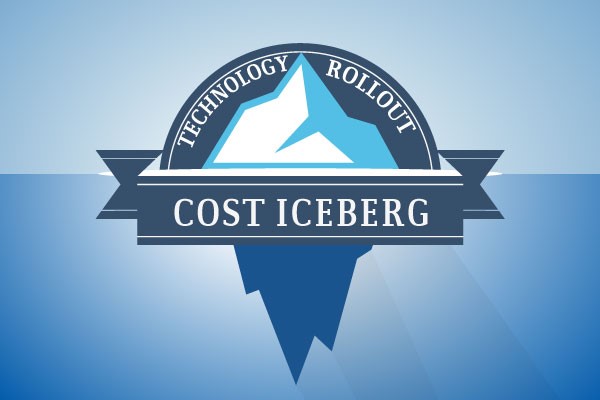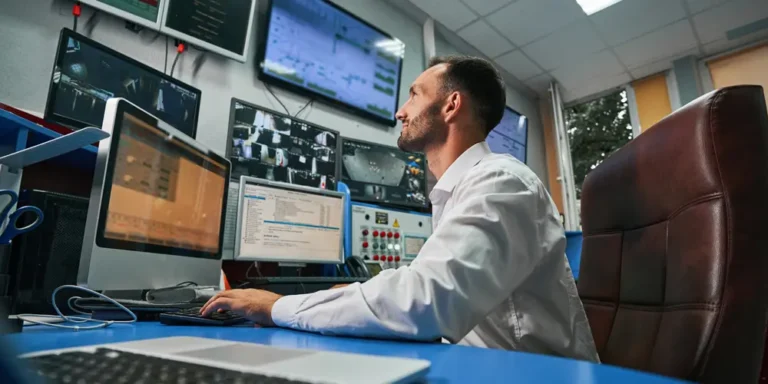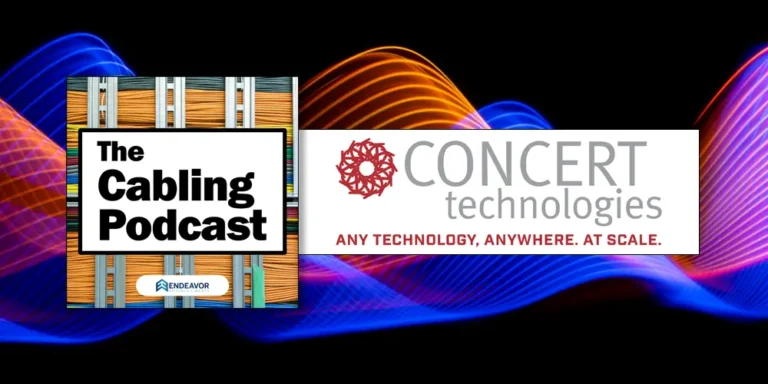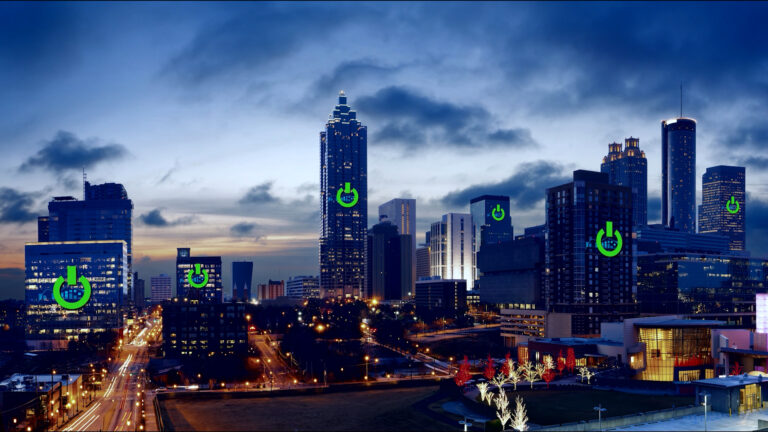In talking with customers about the cost of multi-site technology rollouts, it is apparent that most focus their attention on minimizing a single cost component: the price of the local resource, aka the Field Technician, who performs the on-site work.
The danger of this approach, is that it often increases the total cost for the rollout, rather than decreases it. In this blog post, we explore the “hidden” cost elements that lurk beneath the waterline in the ‘rollout cost iceberg’ and which, if left unaddressed, can sink a multi-site technology rollout.
First, let’s take a look at the various components that can contribute to the total cost of a rollout. To make things simple, we will use a simple scale, ranging from $ to $$$, to show each components’ relative impact on total cost for a technology rollout.
Local Resource $
The price for the Field Technician who does the on-site work is usually the only cost component that is explicitly stated. Yet experience shows that the lower this price is, the more likely it is that the negative cost factors hiding below the waterline will come into play. The lower you make the cost of the local resource, the more you place success solely in the hands of that resource. This is because you have eliminated the ability to employ a centralized management approach to mitigate rollout risk. We’ve seen tech-on-time issues become a hinderance to even the simplest of rollouts
Site Revisits $$$
The biggest cause of cost overruns, revisits also consume excessive management time. A report from Aberdeen Group suggests that typical rollout first-time-fix, aka ‘right first time’, performance ranges from 71% to 89%. With each truck roll costing up to $300, the 11%-29% of sites that will require revisits, will soon add up. Concert Technologies’ first-time-fix rate is 99.7%, so revisits and their associated cost are effectively eliminated.
Schedule Delays $$
Revisits quickly clog up your rollout schedule, slow down progress, and consume more and more of your management time just to keep things going. If you have effective rollout management from the outset, schedule delays can be avoided.
Cost Overruns $
The #1 reason for site revisits is “lack of parts”. When this happens, the field services partner is unlikely to bear the cost, so either the customer or the service provider will have to pay. A high-quality rollout project management function, ensures the supply chain is fully integrated with the rollout schedule, and that everything is properly organized for every site.
Tech On Time Issues $
Research shows industry-leading tech-on-time performance is still below 90%. Concert performance is 95.9%. The difference in these figures shows up as less rescheduled visits, fewer cost overruns, and happier customers.
Customer Satisfaction $$
On page 3 of this analyst report, there is a table that shows the direct relationship between first-time-fix rate and customer satisfaction and retention. It clearly shows that as the first-time-fix rate falls below 80%, customer satisfaction also drops and renewal rates plummet.
Reputational Damage $$
When providers use outsourced field services, the customer still perceives the 3rd party technician as being the provider. As a result, if that technician does not represent the brand well, e.g. they are unprepared for the job, or have a poor demeanor, the impact of that negative impression falls squarely on the provider’s brand.
The Rollout Cost Iceberg shows that the lack of effective rollout project management – often as a result of undue focus on the cost of local on-site resource – leads to an increased total cost of rollout. The converse is true, though: by focusing efforts on ensuring that the right management skills, processes, and methodologies are in place, the total cost of rollout can be reduced, and Customer Satisfaction levels can be increased.
To find out more about the total cost of rollout, please contact us.
Learn more with our Technology Rollout Cost Iceberg PDF.




